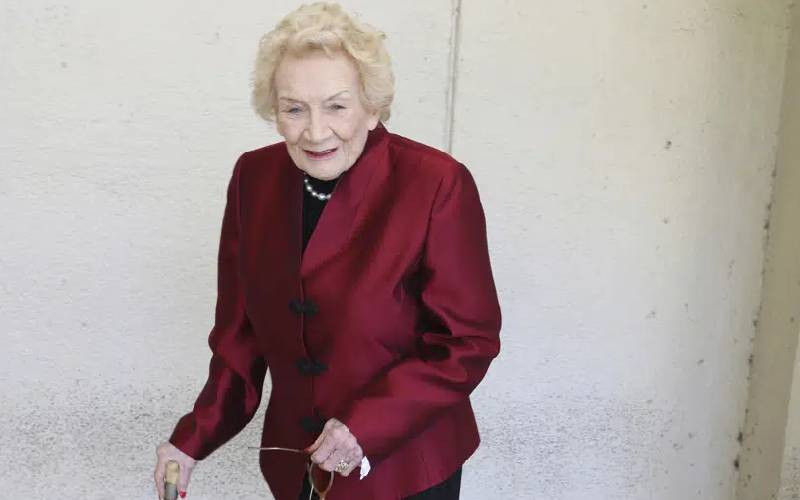
Abigail Kinoiki Kekaulike Kawananakoa, the so-called last Hawaiian princess whose lineage included the royal family that once ruled the islands and an Irish businessman who became one of Hawaii's largest landowners, died on Sunday. She was 96.
Her death was announced Monday morning at Iolani Palace, America's only royal residence where the Hawaiian monarchy dwelled but now serves mostly as a museum. The announcement came from Paula Akana, executive director of Iolani Palace, and Hailama Farden, of Hale O Na Alii O Hawaii, a royal Hawaiian society.